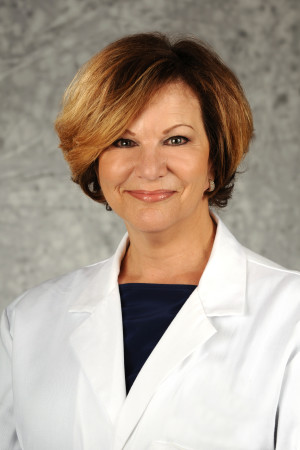One suicide is too many. At Christiana Care Health System, health professionals are taking new steps to identify patients who are at risk for suicide and connect them with the support they need to protect them from self-harm.
Suicide is the second-leading cause of death for Americans ages 15-34, though its rate is highest in middle-aged and older men. Nationally, the suicide rate rose by 24 percent between 1999 and 2014.
Using a validated screening tool, Christiana Care is expanding its ability to reach those at risk for suicide and offer them services based on their needs.
In the past year, virtually everyone brought to a Christiana Care Emergency Department, or 92 percent, has been screened for suicide risk. This population-health approach has put services in reach for thousands of people who may otherwise have struggled alone.
For the five-month period beginning in May 2017, 3.5 percent of Emergency Department patients, or about 3,200 people, were identified as having some risk of suicide.
When a risk is identified, health care professionals can provide an effective response tailored to the individual patient’s needs.

“The tool helps us screen patients, but then we need to use our expert social providers to perform further assessments and develop a safety plan,” said Linda Lang, M.D., chair of the Department of Psychiatry and physician leader of the Behavioral Health Service Line.
A 2014 study in the journal Current Psychiatry Reports found that 45 percent of people who die by suicide saw a primary care provider in the month before their death, and 20 percent saw a mental health professional in that period.
For Deanna Corcoran, a Christiana Care employee and a member of a Christiana Care’s Patient and Family Advisory Council, these statistics are deeply personal. She lost her brother to suicide in October. He had high blood pressure and was seeing a doctor regularly before his suicide, which came after a long struggle with alcoholism.
“I think if the right questions had been asked, even the tiniest of red flags would have been raised,” Corcoran said. “Sometimes, all it takes is somebody outside paying attention, showing care and steering someone to get the help they need.”
The screening tool used by Christiana Care, called the Columbia Suicide Severity Rating Scale, starts with two questions:
Have you wished you were dead or wished you could go to sleep and not wake
up?
Have you actually had any thoughts of killing yourself?
If the answer to either question is “yes,” the survey continues with four more questions. Though suicide is most often linked with depression, the screening tool also identifies risk that arises from other causes. People who’ve recently experienced traumatic stress, such as the loss of a job or the death of a family member, and those with serious medical conditions who may feel as if they are a burden to others, can be at an increased risk for suicide.
That was the case for Corcoran’s brother, whose suicide appears to have been precipitated by a relapse.
“He was quite upset about having gotten a DUI but was finally getting the help it was so hard for him to ask for,” Corcoran said. “He seemed to be doing very well.”
Support that matches the needs of each person
The suicide screening tool is validated by evidence, Dr. Lang said, but the tool itself is only part of an effective suicide-prevention framework.
“There has to be a relationship and a connection with the patient,” she said.
Each stratification of risk — low, moderate or high — triggers a different response according to the suicide assessment clinical pathway developed at Christiana Care, Dr. Lang said.
Patients at low risk are those who have thought of suicide passively but have no plan, intent or means to carry it out. These patients are offered an opportunity to speak with a mental health provider, Dr. Lang said.
At moderate risk levels, psychiatric evaluation is offered along with a deeper dive into the patient’s risk. This includes questions about previous attempts and protective factors at home, such as family and community support.
A patient at imminent risk of suicide is encouraged to seek admission to an inpatient psychiatric unit, such as the inpatient behavioral health facility at Wilmington Hospital.
Delaware law allows hospitals to commit patients against their will if they are a danger to themselves or others.
“We try to find the least restrictive environment, though there are some people who are not able to accept help at that moment for whom protecting their well-being is necessary,” Dr. Lang said.
As the team continues to implement the suicide screening process at Christiana Care, with plans to expand it into primary care practices, they’re seeing positive results as discussions about suicide risk become part of daily practice in caring for patients in the Emergency Department.
“We’ve learned that we can reduce stigma by asking questions and having a dialogue about this important issue,” she said.
That stigma can be most potent for the very people most at risk of suicide. Corcoran said her brother was never able to talk about his troubles.
“He was quite the charmer, and people wouldn’t have been able to tell there was a problem,” she said. “Maybe if he’d talked to his doctor about how he was feeling he could have received counseling.”



